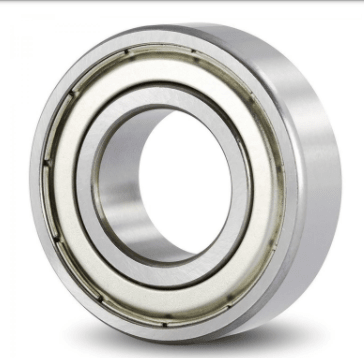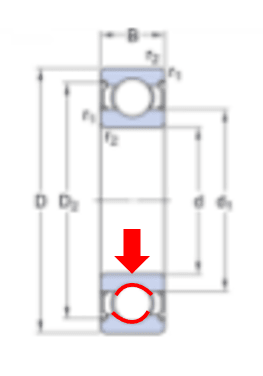Hi,
I have a situation. We recently installed two brand new motors(name plate details are attached) to pump units and both failed. They are identical to previous old units which were sent for servicing. One of the new units tripped and the rotor found in jammed state. the second one has one of the phases in open loop(burnt). trying to find root cause of the failure as they were both brand new. the operating current is 5.6amps and rated current is 5 for 415V supply. What is the service factor for 3hp motor or allowed over current percentage? Appreciate expert advise.
Best regards,
Raj
I have a situation. We recently installed two brand new motors(name plate details are attached) to pump units and both failed. They are identical to previous old units which were sent for servicing. One of the new units tripped and the rotor found in jammed state. the second one has one of the phases in open loop(burnt). trying to find root cause of the failure as they were both brand new. the operating current is 5.6amps and rated current is 5 for 415V supply. What is the service factor for 3hp motor or allowed over current percentage? Appreciate expert advise.
Best regards,
Raj



![[ponder] [ponder] [ponder]](/data/assets/smilies/ponder.gif)

![[evil] [evil] [evil]](/data/assets/smilies/evil.gif)